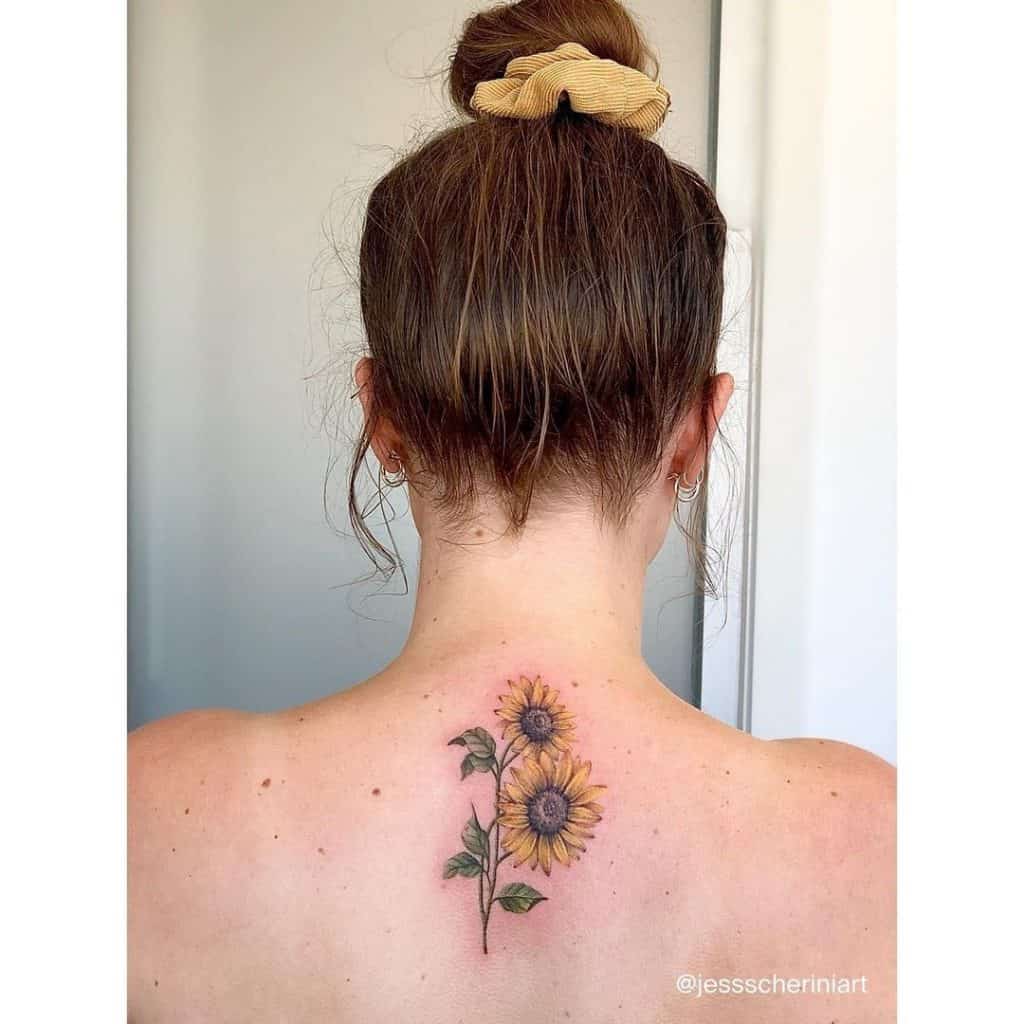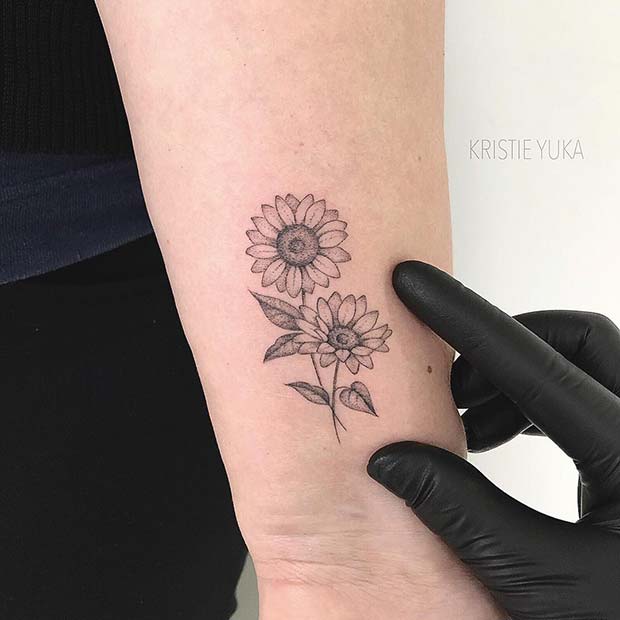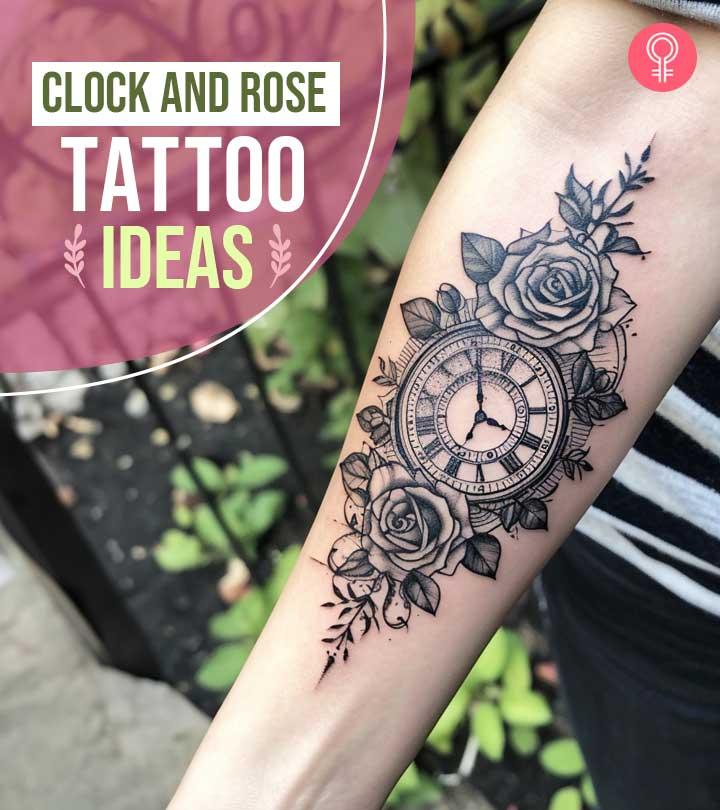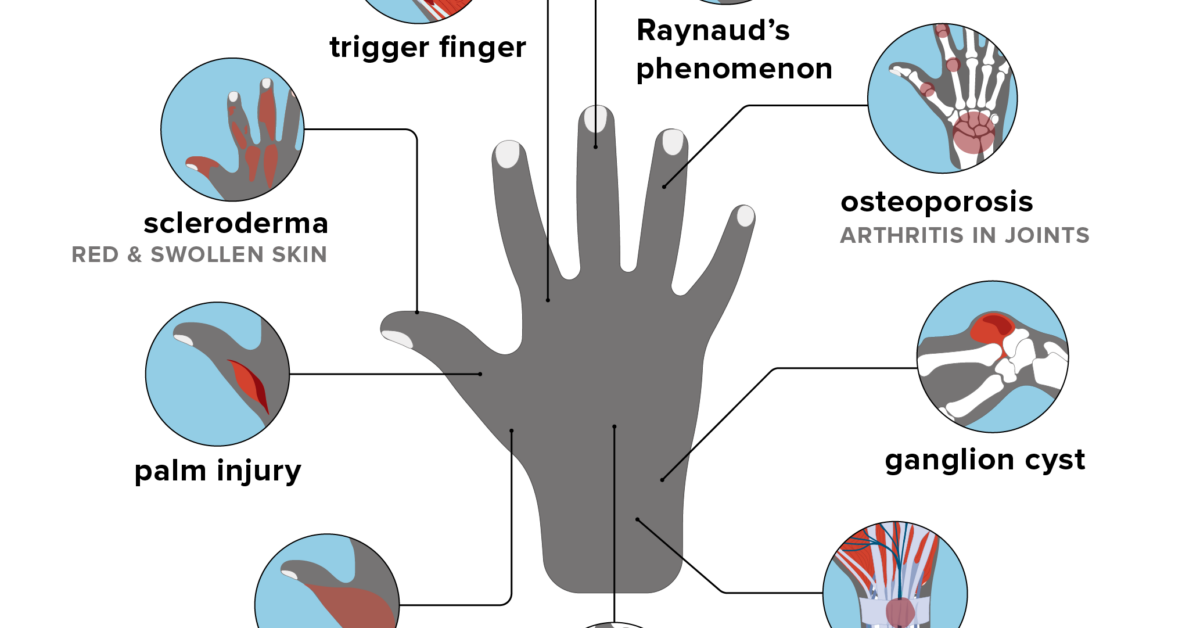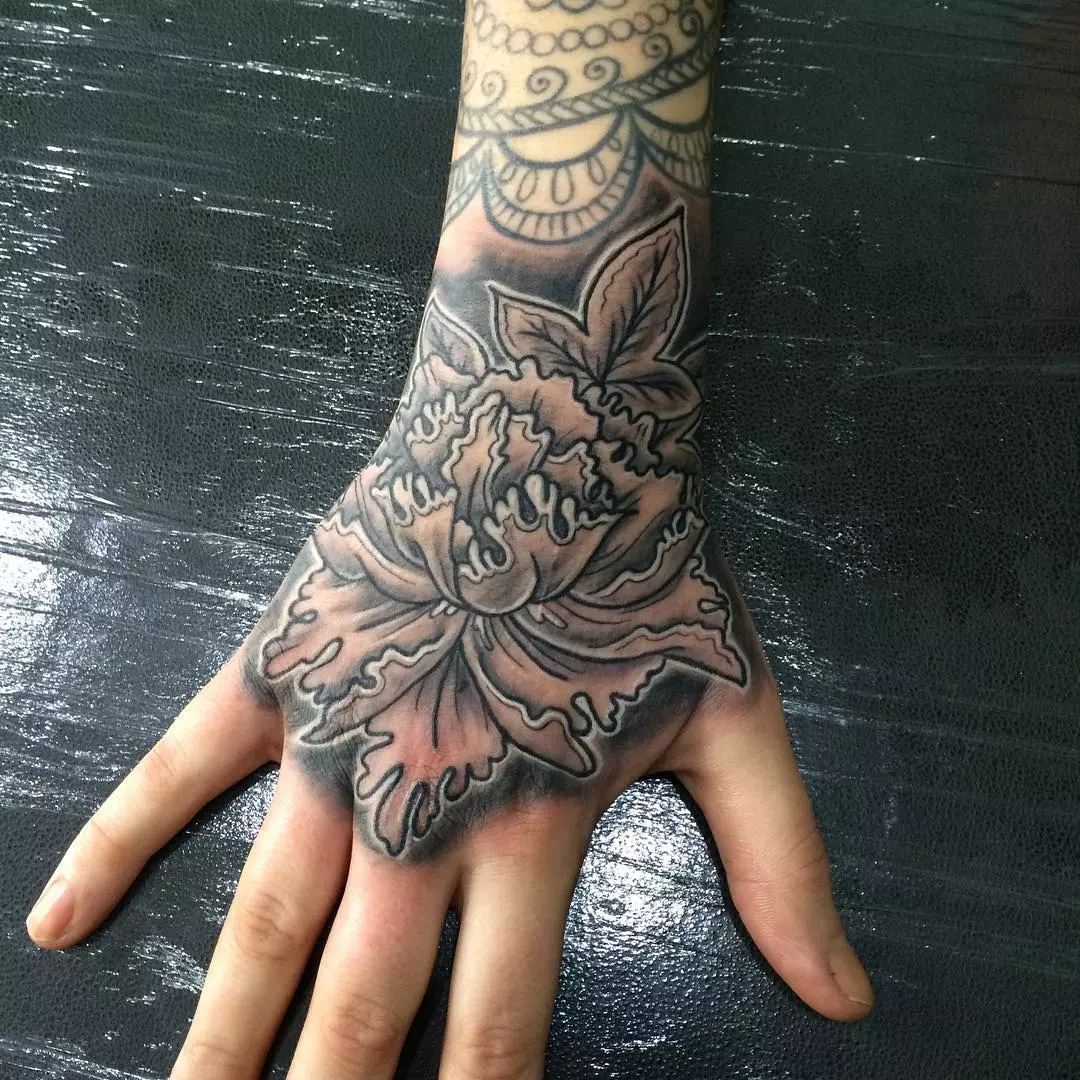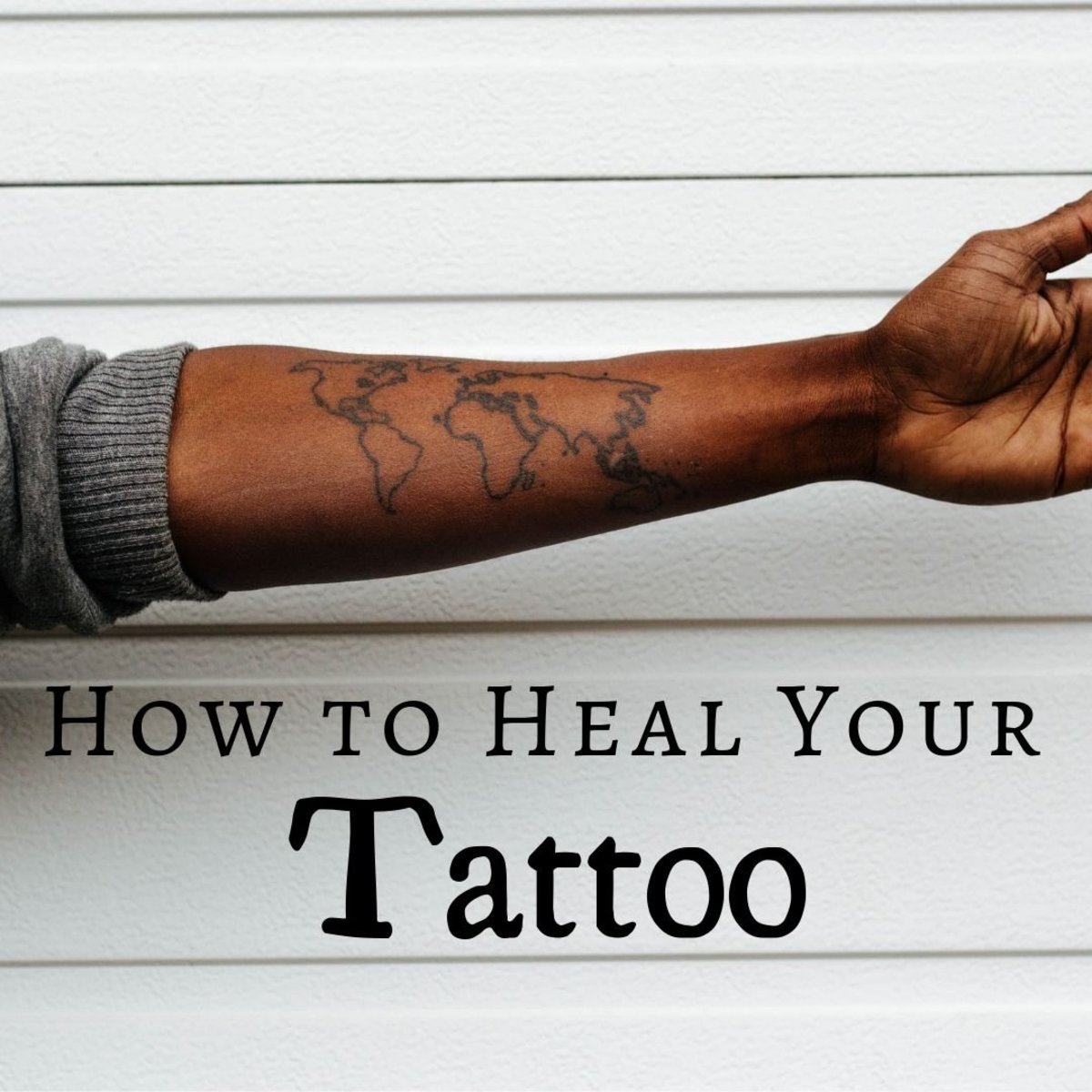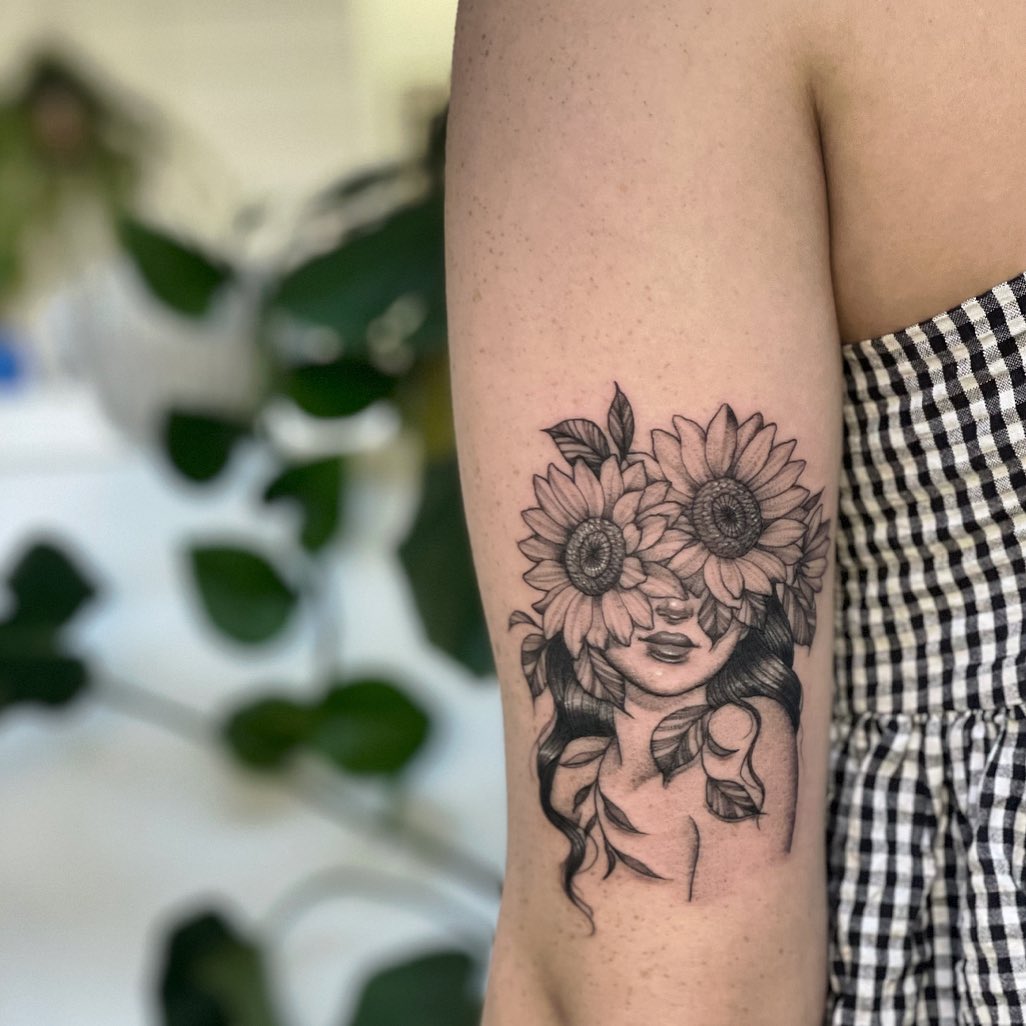
Okay, let’s talk sunflower tattoos!
Thinking about getting some ink?
Specifically, a sunflower on your back?
You’re probably wondering, "Does a sunflower tattoo look good on the back?"
I get it. It’s a big decision!
You want it to look awesome, not awkward.
Let’s break it down, no BS.
Sunflowers on Your Back: Yay or Nay?
Honestly, it depends.
(I know, classic cop-out, right?)
But seriously, a sunflower tattoo can look amazing on your back.
It’s all about the design, placement, and your personal style.
Think of your back as a canvas.
You want the right painting for the space.
Why Sunflowers Are a Popular Tattoo Choice
Sunflowers are super popular for a reason.
They symbolize:
- Happiness and joy: Who doesn’t want that?
- Loyalty and adoration: A beautiful meaning.
- Long life and good fortune: Always a plus!
- Warmth and positivity: Spreading good vibes.
- Strength and resilience: Standing tall, like a sunflower.
They’re also just plain pretty!
Plus, they can be customized in so many ways.
Does the Size Matter? (Spoiler: Yes!)
Absolutely! Size is a huge factor when deciding if a sunflower tattoo will look good on your back.
A tiny sunflower might get lost.
A gigantic one could overwhelm your back.
Finding the sweet spot is key.
Consider the shape of your back.
Is it wide or narrow?
Long or short?
These factors will influence the ideal size.
Placement is Everything, Darling
Where exactly on your back are we talking?
-
Upper back (between the shoulders): A smaller, single sunflower or a cluster of smaller ones can look delicate and cute.
-
Mid-back: This area is great for larger, more detailed designs. Maybe a sunflower with some vines or other floral elements.
-
Lower back: Proceed with caution. Lower back tattoos can be a bit dated. If you’re going this route, choose a very modern design. Think geometric sunflower, or minimalist style.
-
Shoulder blade: A sunflower peeking over your shoulder blade can be super sexy and subtle.
I once saw a girl with two sunflowers, one on each shoulder blade, with their stems meeting in the middle of her back. It was gorgeous!
Design Details: Make it Your Own
Don’t just pick any old sunflower image.
Think about what you want to convey.
-
Realistic: Detailed shading and vibrant colors.
-
Minimalist: Simple lines and a clean look.
-
Geometric: Angular shapes and a modern feel.
-
Watercolor: Soft, dreamy, and flowing.
-
Black and gray: Classic and timeless.
Add other elements!
Maybe a bee, some leaves, or your favorite quote.
Talk to your tattoo artist.
They can help you create a custom design that’s perfect for you.
Skin Tone and Ink Colors
Think about your skin tone.
Some colors pop more on certain skin tones.
Bright yellows and oranges look amazing on darker skin.
Pastel yellows might be better for lighter skin.
Black and gray sunflowers look great on everyone!
Pain Level Considerations
Let’s be real, tattoos hurt.
The back is generally considered a moderately painful area.
Areas closer to the spine and shoulder blades tend to be more sensitive.
Just something to keep in mind!
Aftercare is Crucial!
No matter how good the design is, proper aftercare is essential.
- Follow your artist’s instructions carefully.
- Keep the tattoo clean and moisturized.
- Avoid direct sunlight.
- Don’t pick at it!
A well-cared-for tattoo will look its best for years to come.
Finding the Right Tattoo Artist
This is probably the most important tip of all.
Do your research!
Look at portfolios.
Read reviews.
Talk to multiple artists.
Find someone who specializes in the style you want.
A good artist will listen to your ideas and help you create a tattoo you’ll love.
Does A Sunflower Tattoo Look Good On The Back? – FAQ
-
Will a sunflower tattoo on my back fade quickly? Fading depends on sun exposure and aftercare. Protect your tattoo with sunscreen.
-
Is a sunflower tattoo on the back too "basic"? It’s popular, yes, but you can make it unique with your design choices!
-
How much does a sunflower tattoo on the back cost? Price varies depending on size, detail, and artist. Get a quote beforehand.
-
What if I regret getting a sunflower tattoo on my back? Tattoo removal is an option, but it’s expensive and painful. Choose wisely!
Ultimately, the decision is yours.
If you love sunflowers and you think it will look good on your back, go for it!
Just put some thought into the design and placement.
And remember, a well-designed and executed sunflower tattoo can absolutely look fantastic on the back, showcasing your personal style and love for this vibrant flower.


